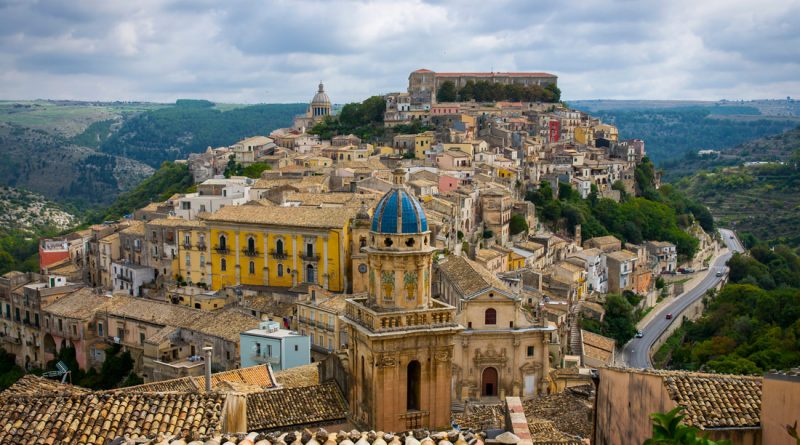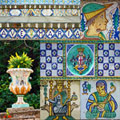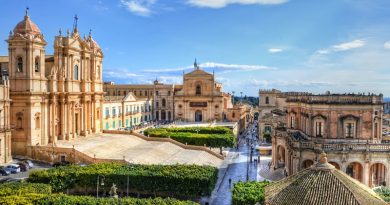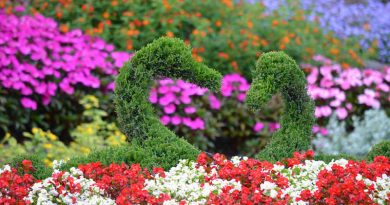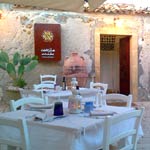The Art of Slow Travel in Ragusa Ibla
Ragusa is a lovely town located in Baroque Sicily, the South-Eastern part of Sicily known as the Val di Noto, comprising eight Unesco World Heritage towns.
Like the other seven towns, Ragusa was almost entirely destroyed after the earth quake that struck the area in 1693.
Originally a strategic feudal capital, the town was gradually overtaken by a new aristocracy at the end of the Middle Ages and during the Renaissance. This explains why, during the reconstruction of the town after 1693, Ragusa was reshaped around two different town centers.
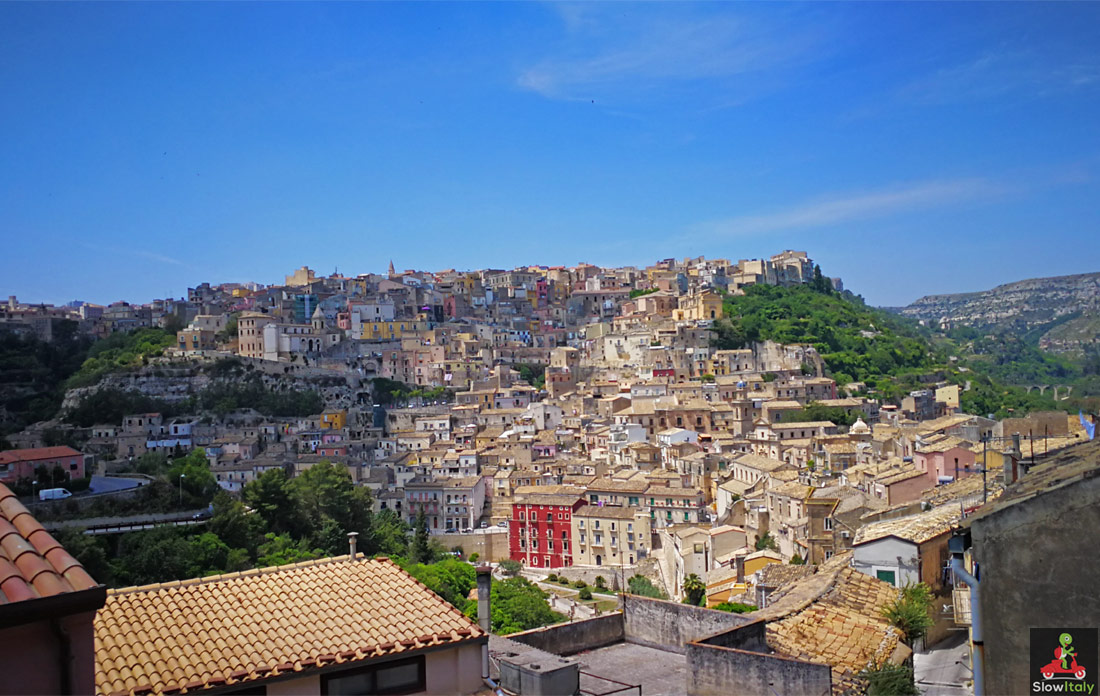
The feudal nobles reconstructed their palaces in the old town district of Ragusa Ibla (lower Ragusa), where the medieval remains mingle with buildings rebuilt in the Baroque style, following the original medieval urban plan. Instead, Ragusa Supra (higher Ragusa) is located on the higher plateau of Patro, where the new aristocracy moved after the earthquake.
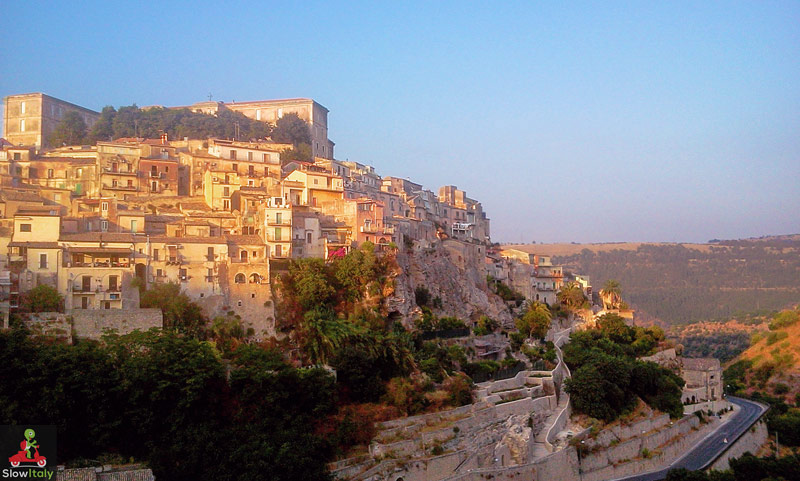
As a result of the schism of the town, Ragusa counts two cathedrals: San Giorgio in Ragusa in Ibla and San Giovanni Battista in Ragusa Supra. The featured photo at the top of the article shows a view over Ragusa Ibla with the bell tower of Santa Maria dell’Itria in the foreground and the dome of the Duomo di San Giorgio in the background.
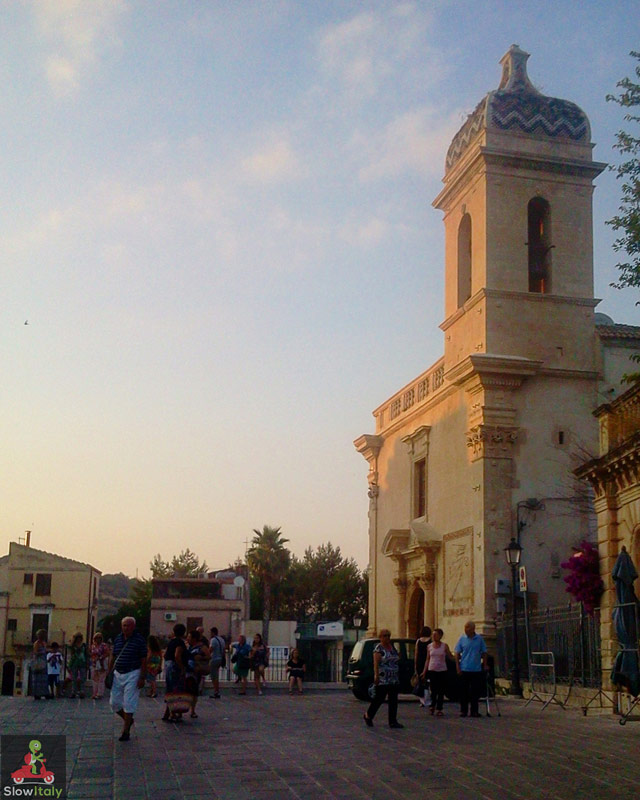
Offering the right balance between history, style, architecture, peacefulness and slowness, the town is ideally suited for an overnight stay when visiting this part of the island.
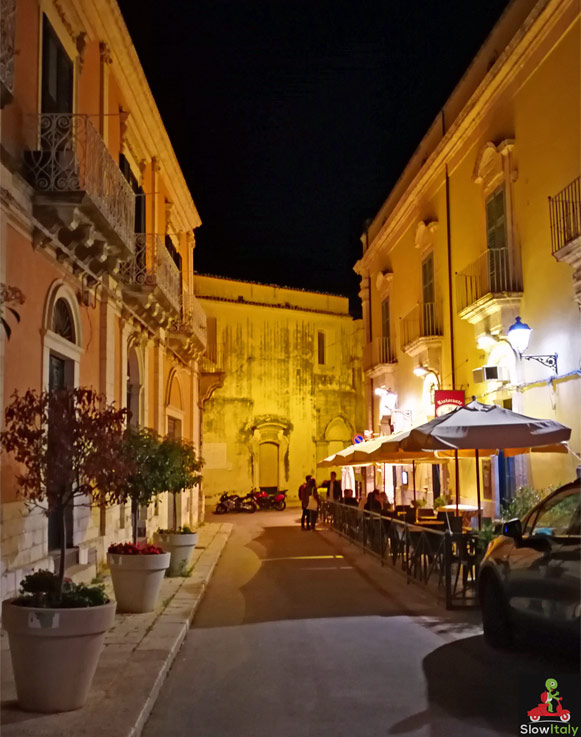
Our visit of Ragusa Ibla starts with a night stroll through the town. The cozy streets are relatively peaceful at night during this time of year, hosting just the right number of trendy and traditional restaurants and local shops.
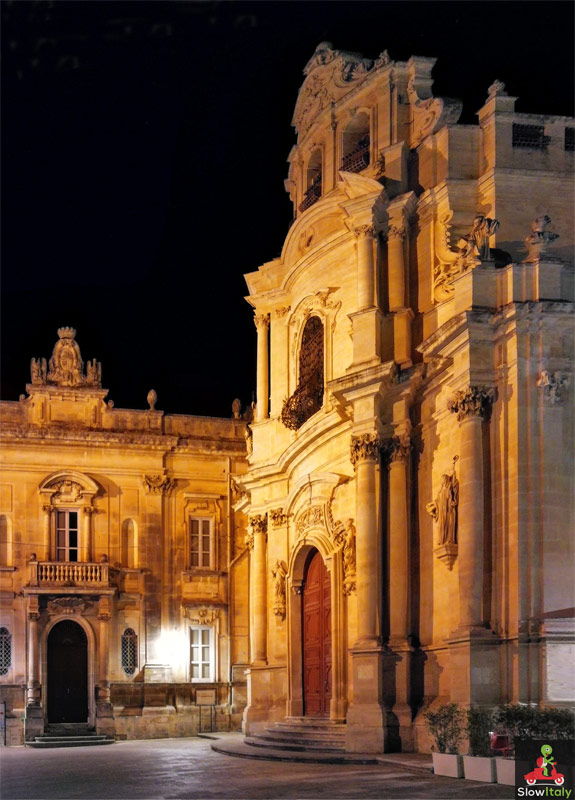
Our room for the night is located in the beautiful late baroque and neoclassical Palazzo Diquattro on Via Orfanotrofio, right in the middle of the historic center of Ragusa Ibla. The Palazzo is named after the family who bought it from the Duke Arezzi di San Filippo who had it built in the 1700s.
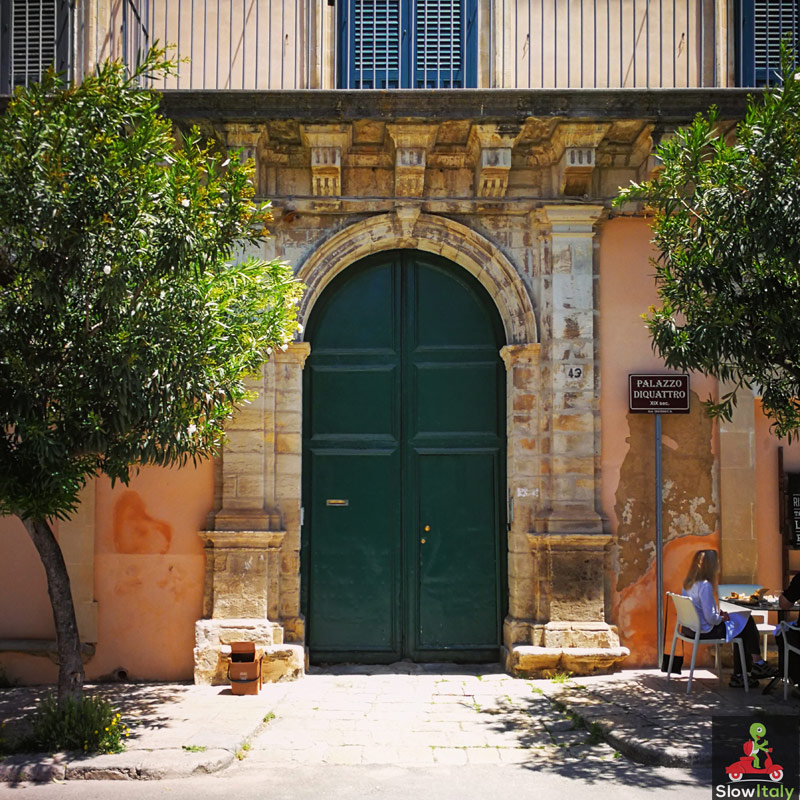
The ample atrium with three round arches leads into the courtyard with at the back a spectacular staircase and a portico with Doric-Roman columns leading to the apartments.
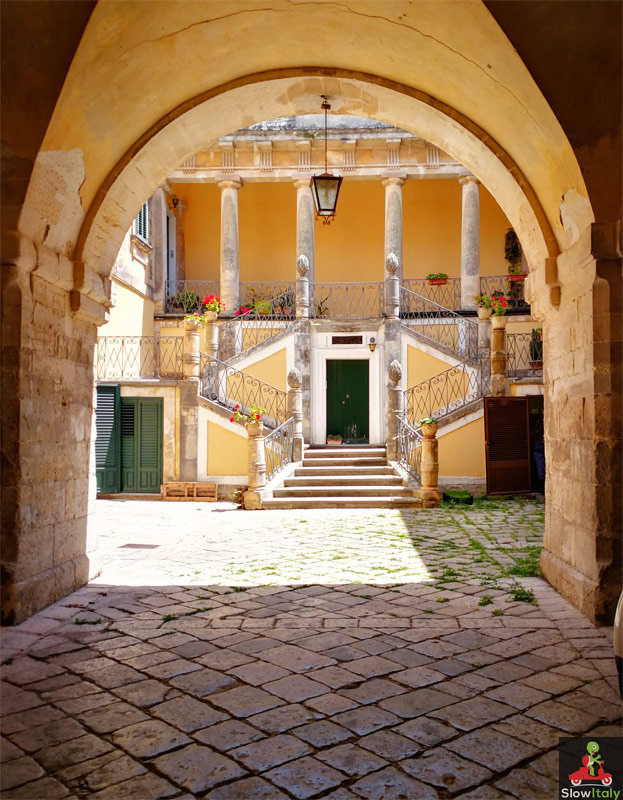
The B&B on the first floor (ground floor for our British readers) is run by the two sisters Maria and Costanza descending from the original owners of the palace. The rooms, which are all stylishly decorated with antique furniture, are an invitation to slow down and dream away about past and future journeys.
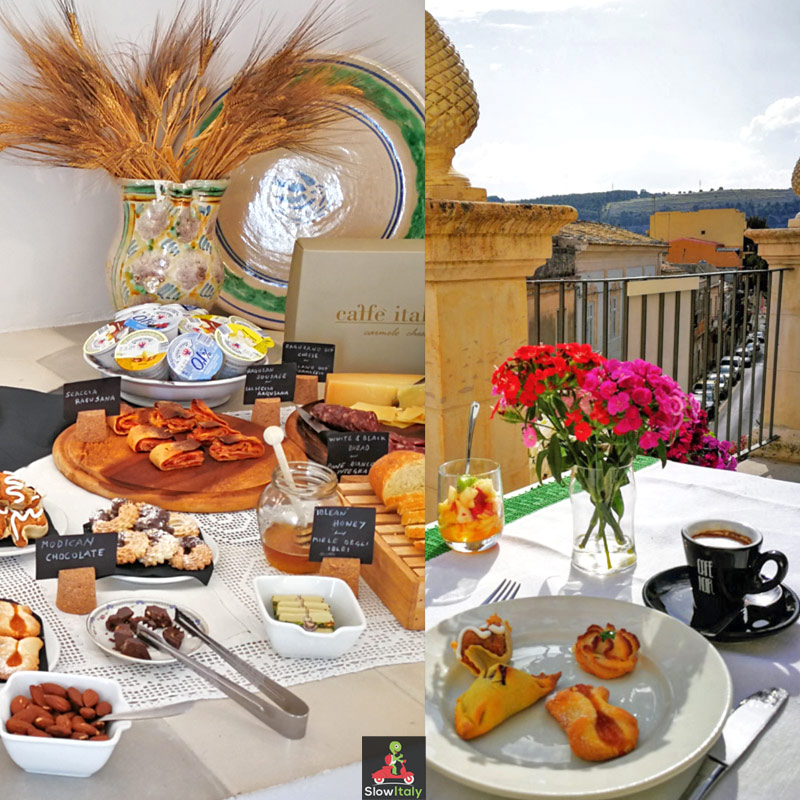
After a breakfast bathed in sun on the charming terrace of the Palazzo, it’s time to explore the little baroque town a little more into detail.
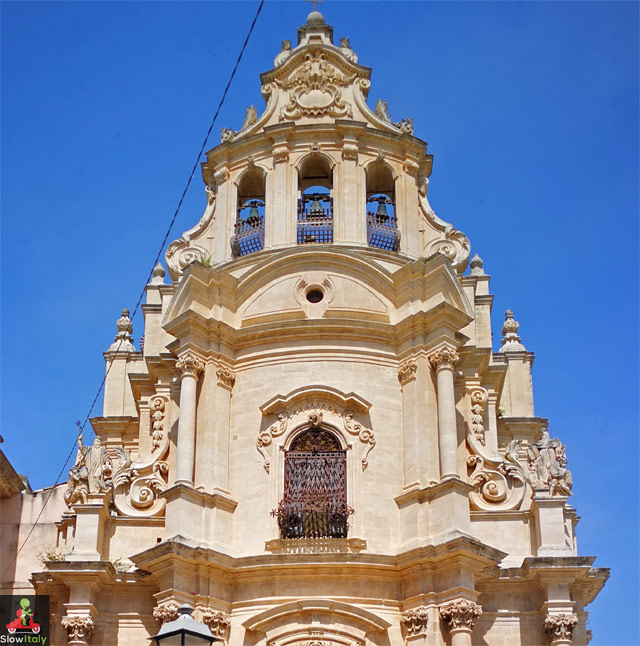
The Church of San Giuseppe is even more alluring in the day light. It features many of the typical Sicilian baroque elements, such as the convex and concave lines of the façade and the numerous marble statues. Note the unusual (but typically Sicilian baroque) balcony on the church’s façade.
The main street of Ragusa Ibla, Corso XXV Aprile, leads to the Duomo, which, as you can see on the photos below, is standing slightly off-axis as compared to the street.
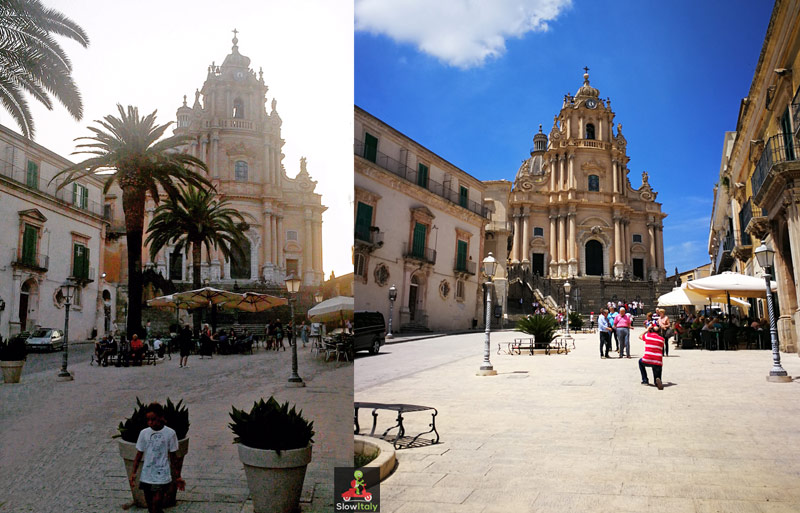
Noteworthy on Piazza Duomo is the Circolo di Conversazione, also known as “Caffè dei Cavalieri”, where the local noblemen met for a chat (comparable to a British Gentlemen’s club). Built in 1850, the meeting center is neoclassical in style with frescoed ceilings and large mirrors with golden frames, red damask sofas, red silk on the walls, complete with a large copper chandelier for decoration. As far as I know this is the only circle of this kind in Sicily and maybe in Italy.
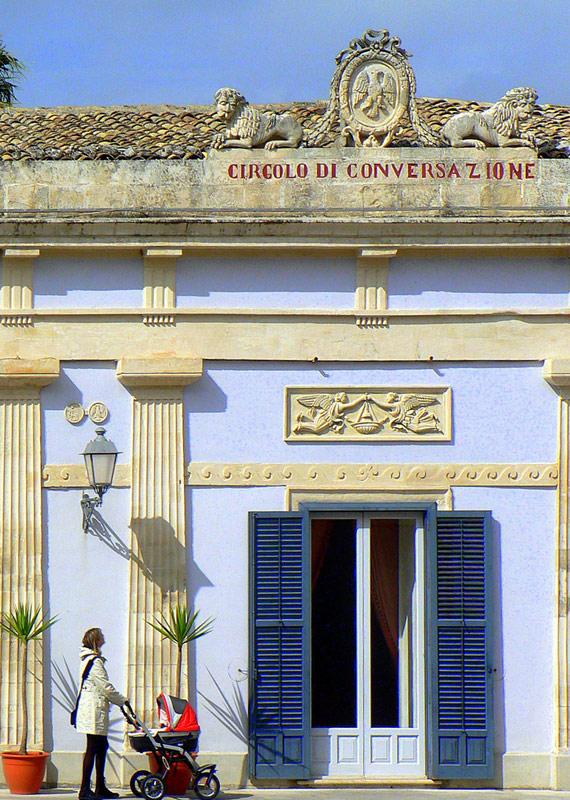
Unfortunately, the palm trees on Corso XXV Aprile have disappeared, which considerably changes the perspective of Cathedral of San Giorgio. It is just a wild guess, but I assume that, like many palm trees in Italy, they were infected by red palm weevils which are decimating many of Italy’s palm trees. This makes the alley lined with palm trees in the nearby public Giardino Ibleo (Hyblean Garden) even more impressive.
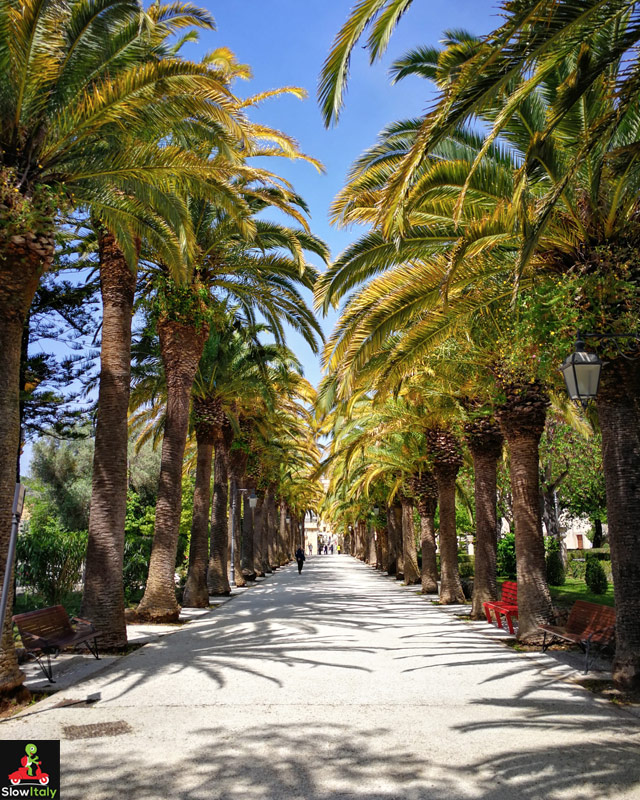
The Giardino Ibleo (Hyblean Garden) is a public garden on the outskirts of the old town. It was created in 1858 and contains several religious buildings. On the main alley is a red bench called “Per non dimenticare” is an anti-violence symbol of the city to say “no” to femicide and violence against women.
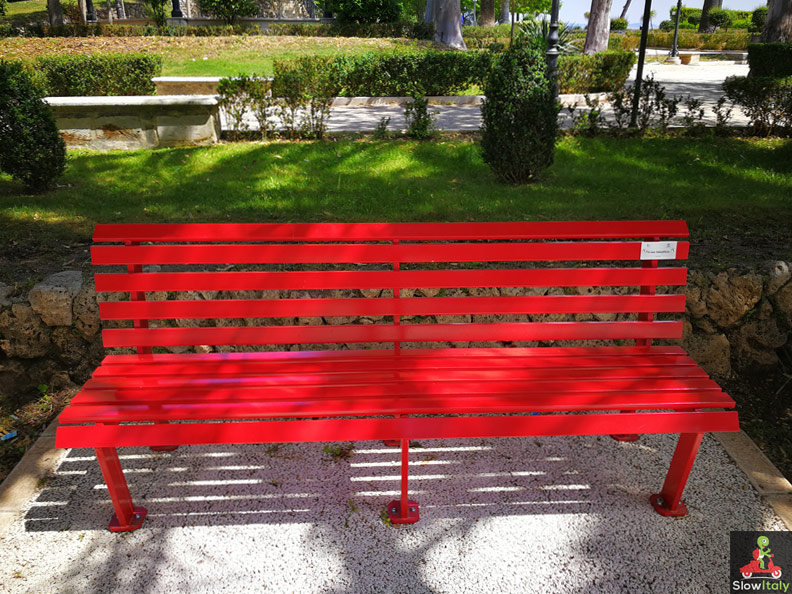
Next to the entrance of the park, on the right, stands one of the only relics of a religious building dating from before the earthquake, the Catalan Gothic portal of San Giorgio Vecchio, the original cathedral, from the second half of the 1400s.
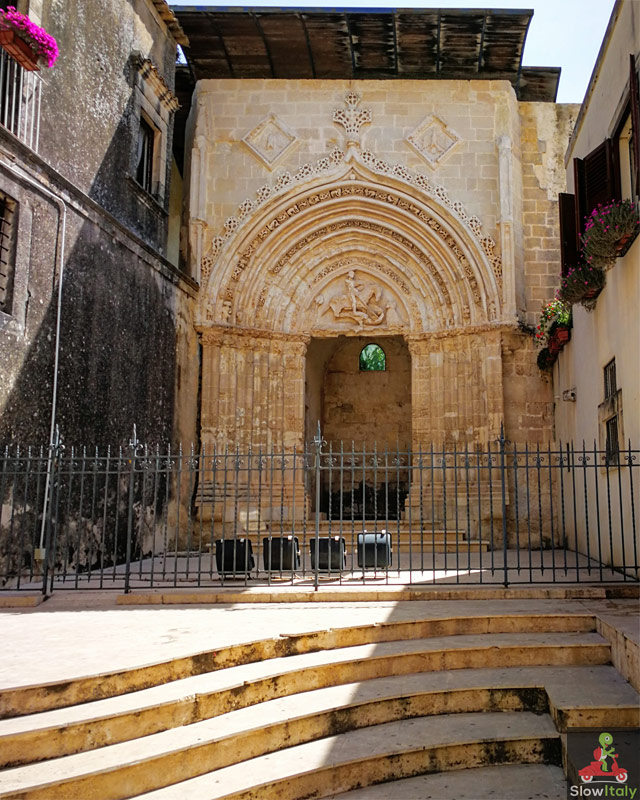
A “hike” up and down the town leads us to some secluded little spots offering unusual views over the old and new city centers.
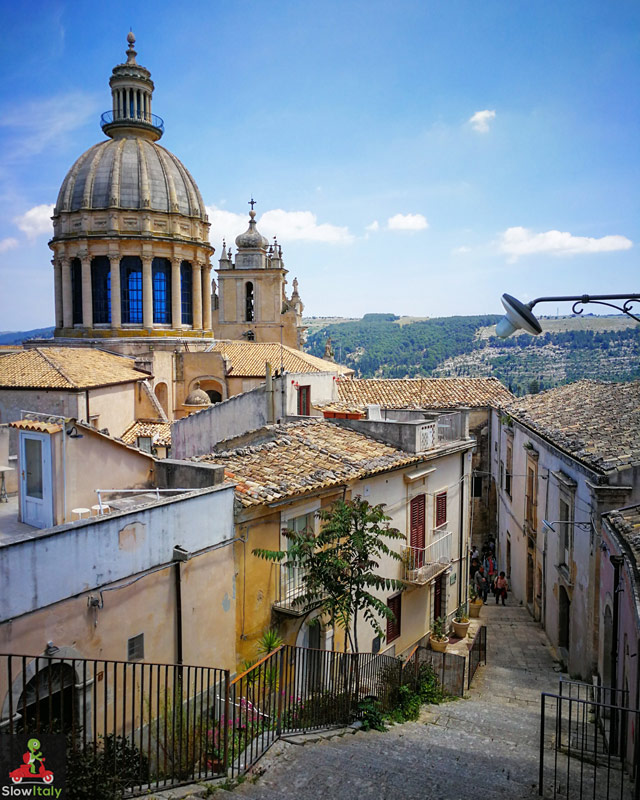
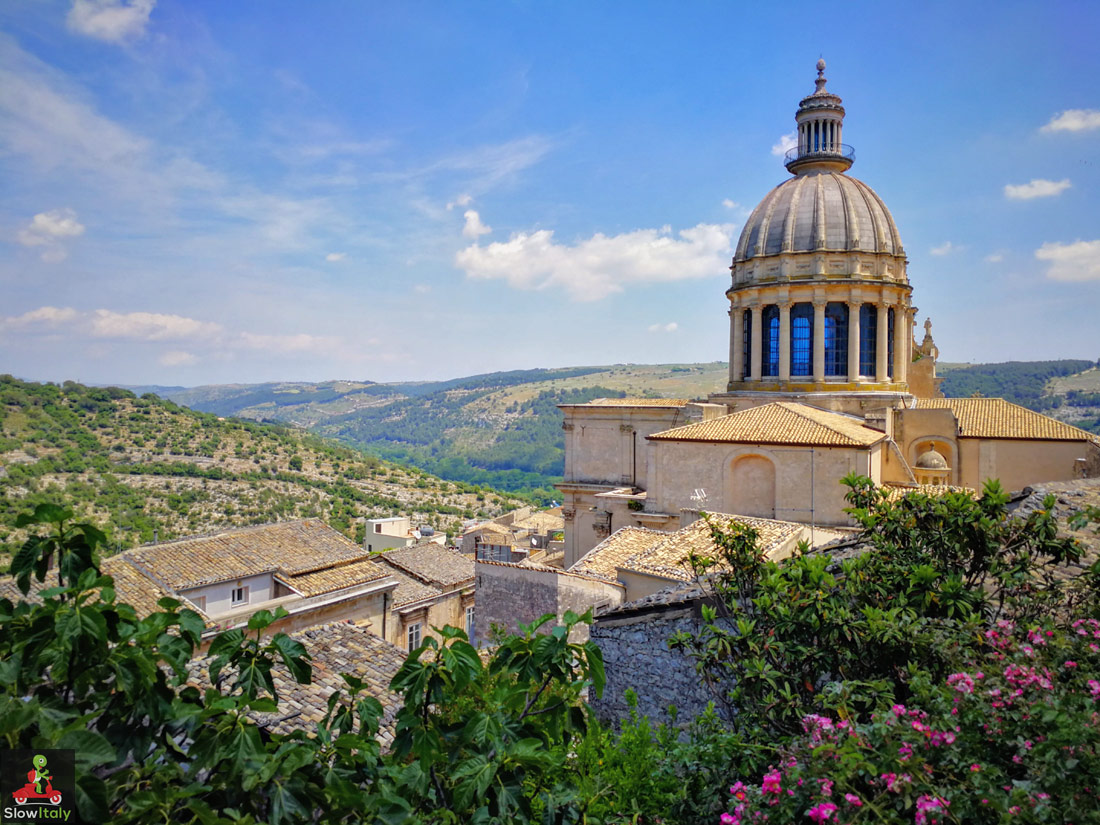
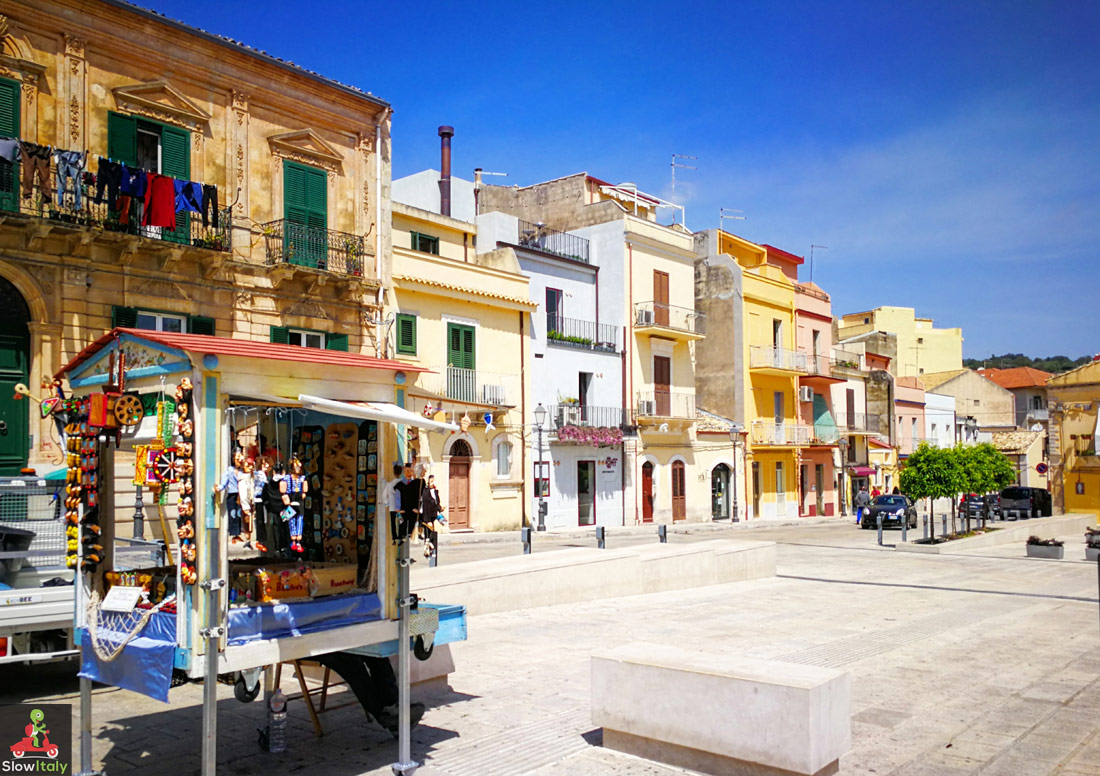
We also noticed the town’s sustainability efforts both at individual and public level.
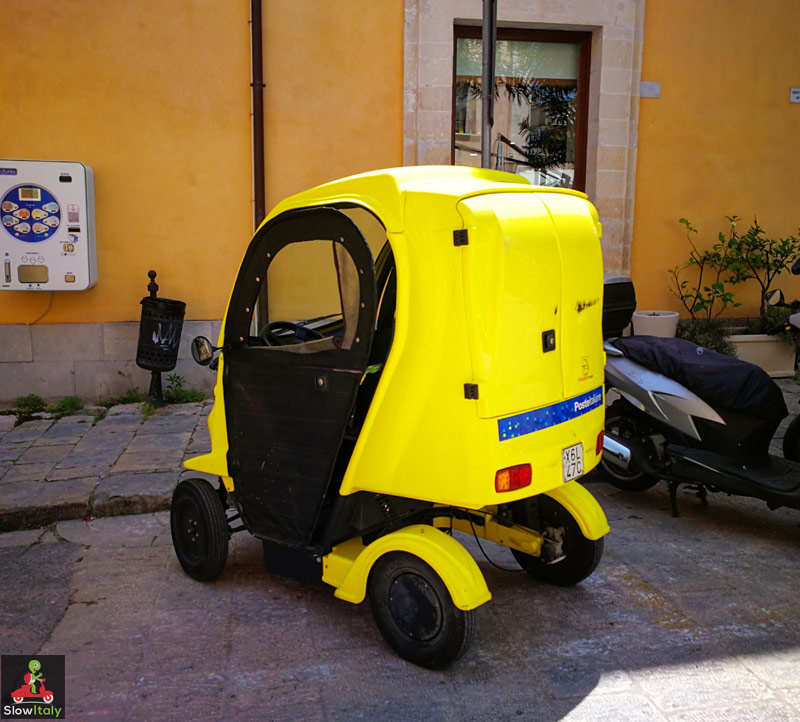
Read more about the other towns of the Val di Noto:
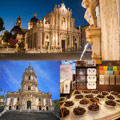
The baroque towns of the Val di Noto, Sicily
You might also like:
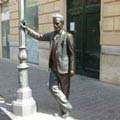
Camilleri’s Sicily from Siracusa to Agrigento: in the footsteps of inspector Montalbano
Caltagirone, the colorful capital of ceramics
Photo credits: all photos © Slow Italy, except featured image © Vladislav Mikhailov/Istockphoto; Circolo di Conversazione by Luca.

